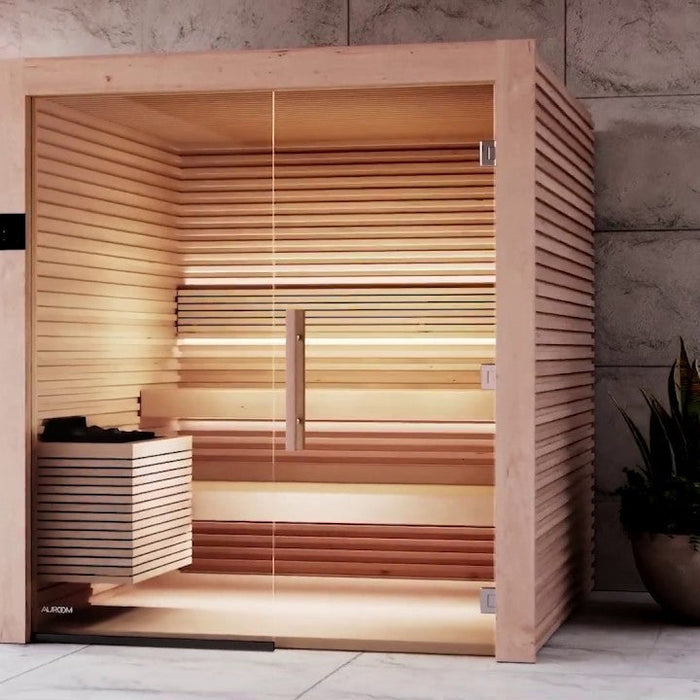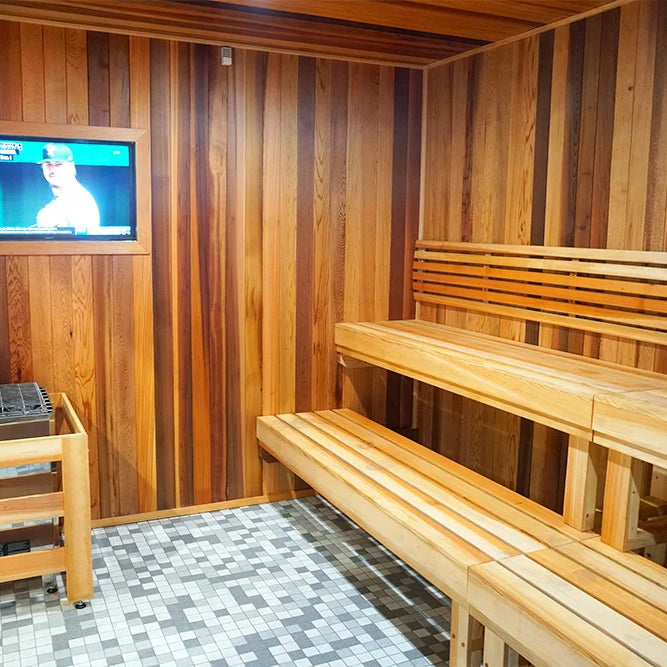Oh, the cold, cold world of ice baths! For ages, athletes and fitness enthusiasts have been dipping into these chilly waters in search of enhanced recovery and a competitive edge. However, there's a lot of hearsay and old wives' tales floating around about this icy practice. So, let's clear the air and debunk the most common misconceptions about ice baths, shall we?
Myth 1: Ice Baths Are a Magic Bullet for Recovery
Fact: Ice Baths Can Help, but They Aren't a One-Size-Fits-All Solution
Many people believe that ice baths are the be-all and end-all of post-workout recovery. While it's true that these frosty plunges can help reduce inflammation and muscle soreness, they're not a miraculous cure for every ache and pain.
- Some research suggests that ice baths may be more effective for certain types of exercise, such as high-intensity interval training and endurance sports. To learn more about the benefits of ice baths, check out this comprehensive guide.
- Ice baths aren't a substitute for other recovery methods, like stretching, foam rolling, and proper nutrition.
- Individual responses to ice baths can vary, so it's essential to listen to your body and consider your unique needs.

Myth 2: The Colder, the Better
Fact: Too Cold Can Be Counterproductive
You might think that if a little cold is good, a lot of cold must be better. But hold your horses (or ice cubes)! Going too cold can actually be counterproductive and even dangerous.
- The ideal temperature for an ice bath is around 50-59°F (10-15°C). Anything colder may increase the risk of cold-related injuries and reduce the potential benefits.
- Immersing yourself in freezing water can shock your system, causing your blood vessels to constrict too much and potentially leading to tissue damage.
- If you're shivering uncontrollably, it's a sign that the water is too cold and your body is struggling to maintain a safe core temperature. For a detailed guide on setting up the perfect home ice bath, check out these step-by-step instructions.
Myth 3: Longer Is Always Better
Fact: Duration Matters, but More Isn't Necessarily Better
Just like Goldilocks, you want to find the ice bath duration that's just right. Spending too little or too much time submerged in cold water can impact the effectiveness of your ice bath.
- Aim for a sweet spot of 10-15 minutes. Staying in the ice bath for too short a time may not provide adequate recovery benefits, while overdoing it can increase the risk of cold-related injuries.
- Listen to your body and adjust the duration accordingly. If you're new to ice baths, start with shorter sessions and gradually work your way up.
- Remember that each person is different, and factors such as body composition, fitness level, and type of exercise can influence the ideal ice bath duration for you.
Myth 4: Ice Baths Are Only for Athletes
Fact: Ice Baths Can Benefit Non-Athletes, Too
Ice baths might be most commonly associated with elite athletes, but that doesn't mean they're off-limits for mere mortals. In fact, non-athletes can also benefit from the occasional chilly dip.
- Ice baths can help reduce inflammation and muscle soreness for people who engage in recreational exercise or physical labor.
- The cold exposure may also offer mental health benefits, such as reduced stress and anxiety, improved mood, and increased mental clarity. To learn more about the top 10 ice bath benefits, visit this informative article.
- However, it's essential to approach ice baths with caution and consider any pre-existing health conditions that may make cold exposure unsafe or less beneficial.
Myth 5: Ice Baths Boost Immunity
Fact: The Relationship Between Ice Baths and Immunity Is Complex
While some claim that ice baths can strengthen your immune system, the truth is a bit more nuanced.
- Limited studies suggest that regular cold exposure may improve immune function by increasing the production of certain immune cells and reducing inflammation.
- However, these findings are far from conclusive, and more research is needed to establish a direct link between ice baths and immune health.
- Additionally, it's worth noting that ice baths may temporarily suppress immune function immediately after a session, so it's important to weigh the potential benefits against the risks.

Myth 6: Ice Baths Are for Everyone
Fact: Ice Baths Aren't Suitable for Everyone
Despite the potential benefits, ice baths are not a one-size-fits-all solution. Some individuals should avoid ice baths or approach them with caution due to specific health concerns.
- People with certain medical conditions, such as Raynaud's disease, peripheral artery disease, or compromised circulation, may be at a higher risk of cold-related injuries.
- Pregnant women and individuals with weakened immune systems should also avoid ice baths due to potential risks and complications.
- If you're unsure whether ice baths are right for you, consult a healthcare professional before taking the plunge.
Frequently Asked Questions (FAQs)
Q: How often should I take an ice bath?
A: The ideal frequency of ice baths depends on your individual goals and circumstances. Some athletes take ice baths after every intense workout, while others may opt for a more conservative approach, incorporating ice baths once or twice a week. It's essential to listen to your body and adjust the frequency based on how you feel and respond to cold exposure.
Q: Can I use cold showers instead of ice baths?
A: Cold showers can be a more accessible alternative to ice baths, offering some similar benefits such as reduced inflammation and muscle soreness. However, keep in mind that cold showers might not provide the same level of cold exposure as a full-body ice bath. To reap the maximum benefits, consider gradually lowering the water temperature and increasing the duration of your cold showers over time.
Q: What should I wear during an ice bath?
A: It's advisable to wear light, breathable clothing during an ice bath to protect your skin from direct contact with the ice. You can also wear water shoes or socks to shield your feet and a cap or beanie to keep your head warm. Avoid wearing heavy or restrictive clothing, as this can hinder the benefits of the ice bath by preventing proper blood flow and circulation.
Conclusion
Ice baths can be a valuable recovery tool for athletes and non-athletes alike, but it's crucial to separate fact from fiction. By debunking common myths and misconceptions, we can make more informed decisions about incorporating ice baths into our fitness and wellness routines. If you're interested in trying an ice bath at home, check out these high-quality cold plunge tubs and explore the world of cold exposure further with resources like The Art of Cold Exposure: Wim Hof Method and Ice Baths. Remember, always listen to your body and consult a healthcare professional if you're unsure whether ice baths are right for you. Happy chilling!







Leave a comment